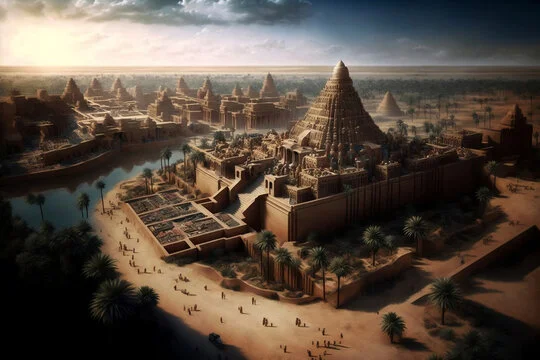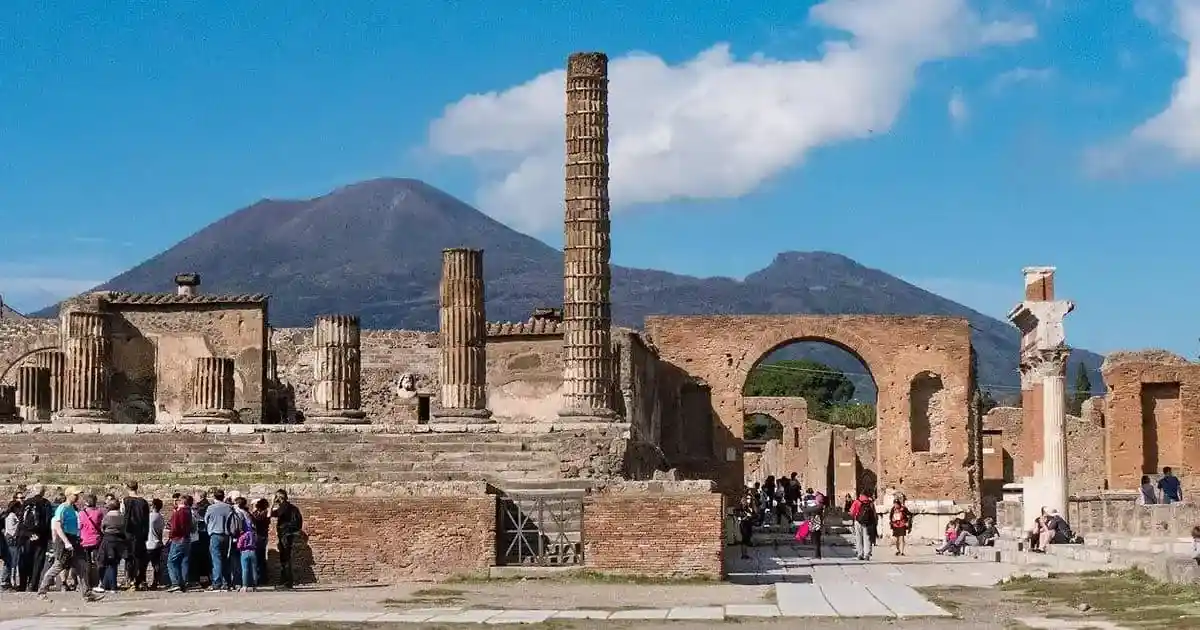Introduction: Mesopotamia, the land between the rivers Tigris and Euphrates, holds immense significance in human history. Often referred to as the “cradle of civilization,” Mesopotamia emerged as a thriving region around 10,000 BCE. Its rich historical and cultural heritage shaped the development of various aspects of human civilization, including agriculture, writing systems, laws, cities, and religious beliefs. This article explores the profound significance of Mesopotamia, highlighting its contributions to the world as a cultural epicenter.
I. Birthplace of Agriculture: Mesopotamia played a pivotal role in the development of agriculture. Its fertile land and proximity to rivers allowed for the cultivation of crops such as wheat, barley, and dates. The Sumerians, one of the earliest known civilizations in Mesopotamia, developed sophisticated irrigation systems, enabling them to transform arid land into productive fields. The introduction of agriculture revolutionized human society, leading to the establishment of permanent settlements and the rise of complex societies.
II. Birth of Writing: Mesopotamia is credited with the invention of writing, a monumental achievement in human history. The Sumerians developed the earliest known writing system called cuneiform around 3200 BCE. Cuneiform, which involved pressing wedge-shaped marks onto clay tablets, allowed for the recording of economic transactions, legal codes, literature, and historical events. This innovation had a profound impact on communication, facilitating the preservation and transmission of knowledge across generations.
III. Legal and Administrative Systems: Another significant contribution of Mesopotamia lies in its legal and administrative systems. The Babylonians, who emerged as a dominant power in Mesopotamia around 1800 BCE, established the Code of Hammurabi, one of the earliest known legal codes. This code provided a comprehensive set of laws governing various aspects of society, promoting justice and fairness. The code’s emphasis on the principle of “an eye for an eye” greatly influenced subsequent legal systems around the world.
IV. Urbanization and City-States: Mesopotamia witnessed the rise of impressive city-states, serving as centers of political, economic, and cultural activities. Cities like Uruk, Ur, Babylon, and Nineveh flourished, displaying advanced urban planning, monumental architecture, and vibrant trade networks. The city-states not only facilitated economic growth but also fostered the exchange of ideas, leading to advancements in science, mathematics, astronomy, and literature.
V. Religious Beliefs and Mythology: Mesopotamia was home to a diverse pantheon of gods and goddesses, which greatly influenced subsequent religious traditions. The Mesopotamians believed in polytheism and worshipped deities associated with natural elements and celestial bodies. Their religious texts, such as the Epic of Gilgamesh, explored fundamental questions about human existence, mortality, and the search for immortality. These myths and religious beliefs left an indelible mark on later civilizations, including the ancient Greeks and Hebrews.
Conclusion: Mesopotamia’s significance as the cradle of civilization cannot be overstated. Its contributions to human development in agriculture, writing systems, legal frameworks, urbanization, and religious beliefs shaped the course of history. The achievements of Mesopotamia laid the foundation for subsequent civilizations and continue to influence our modern world. Recognizing the significance of this ancient region helps us appreciate the vast legacy left by our ancestors and highlights the need to protect and preserve our collective cultural heritage.
![]()





